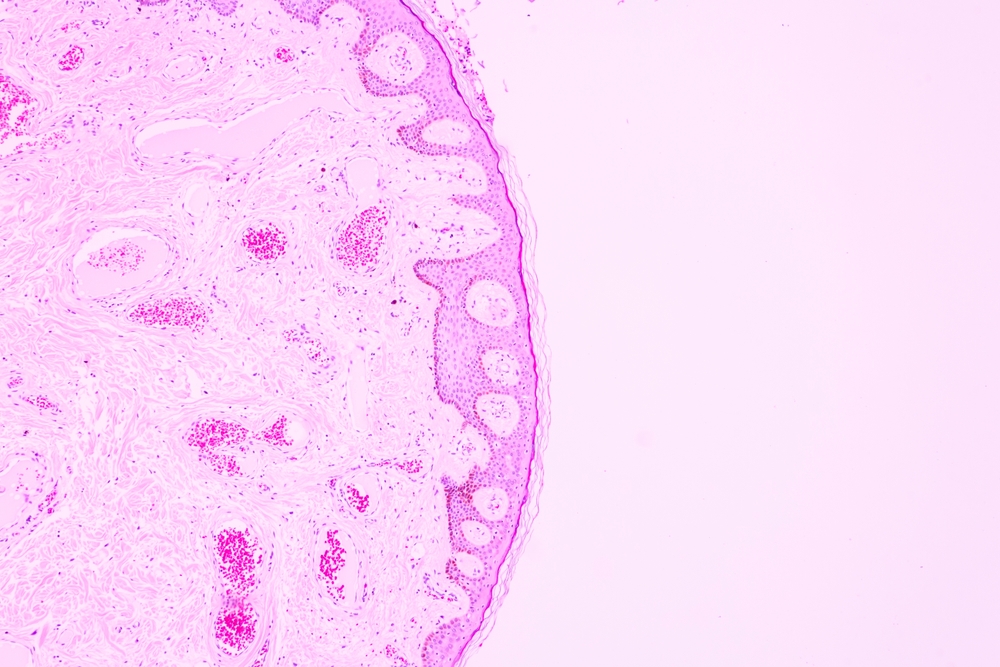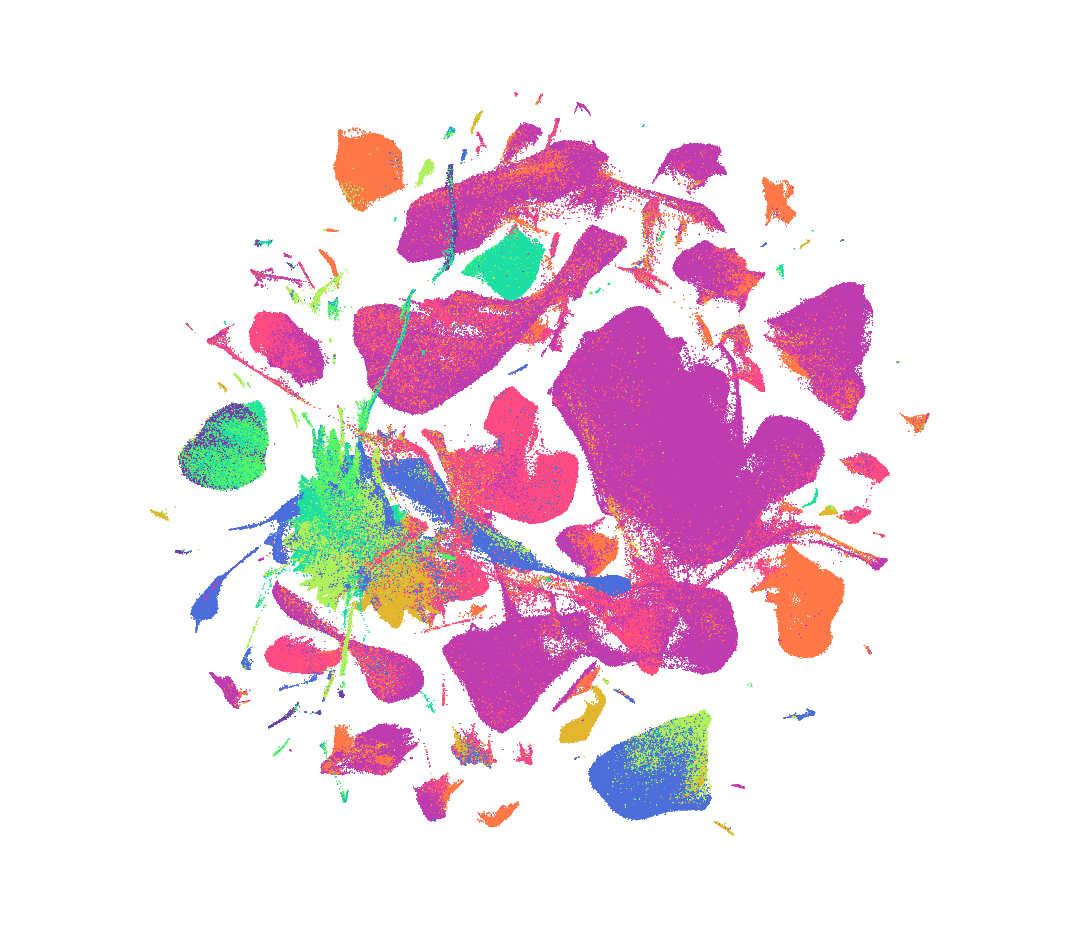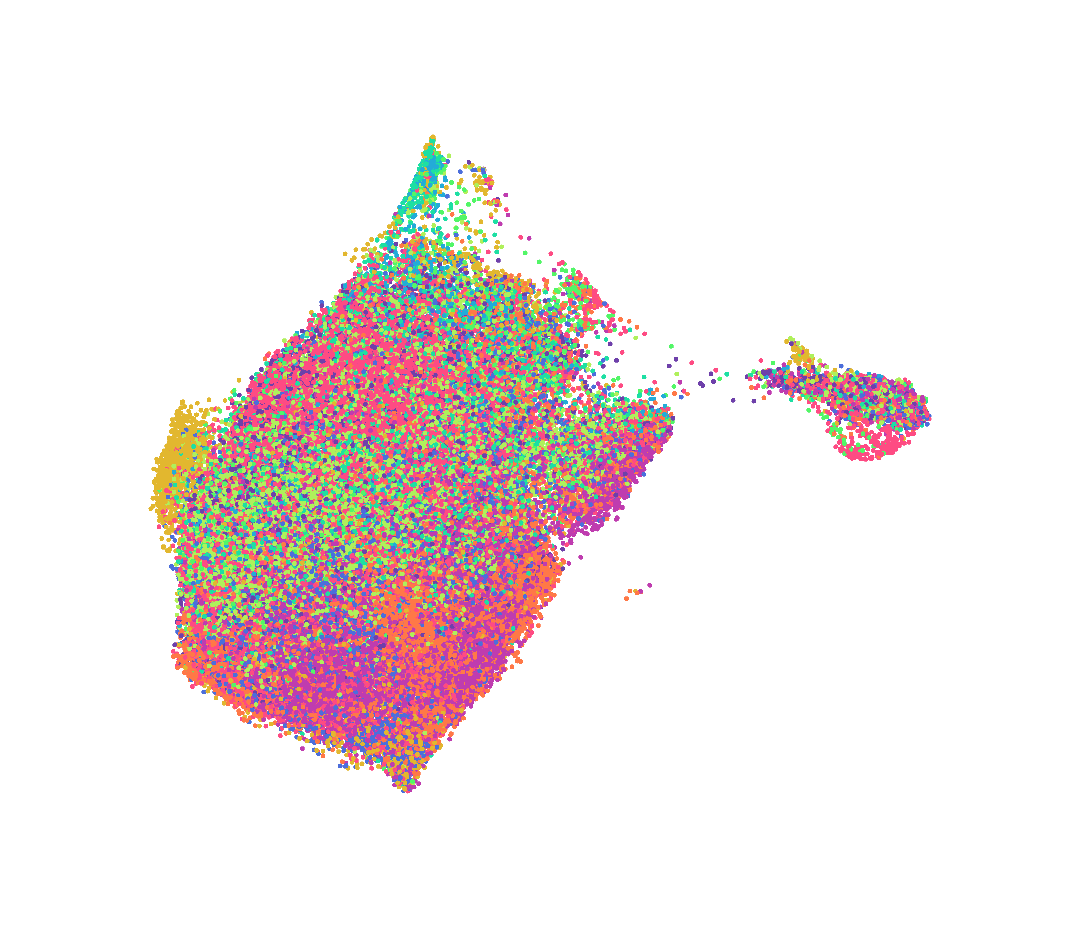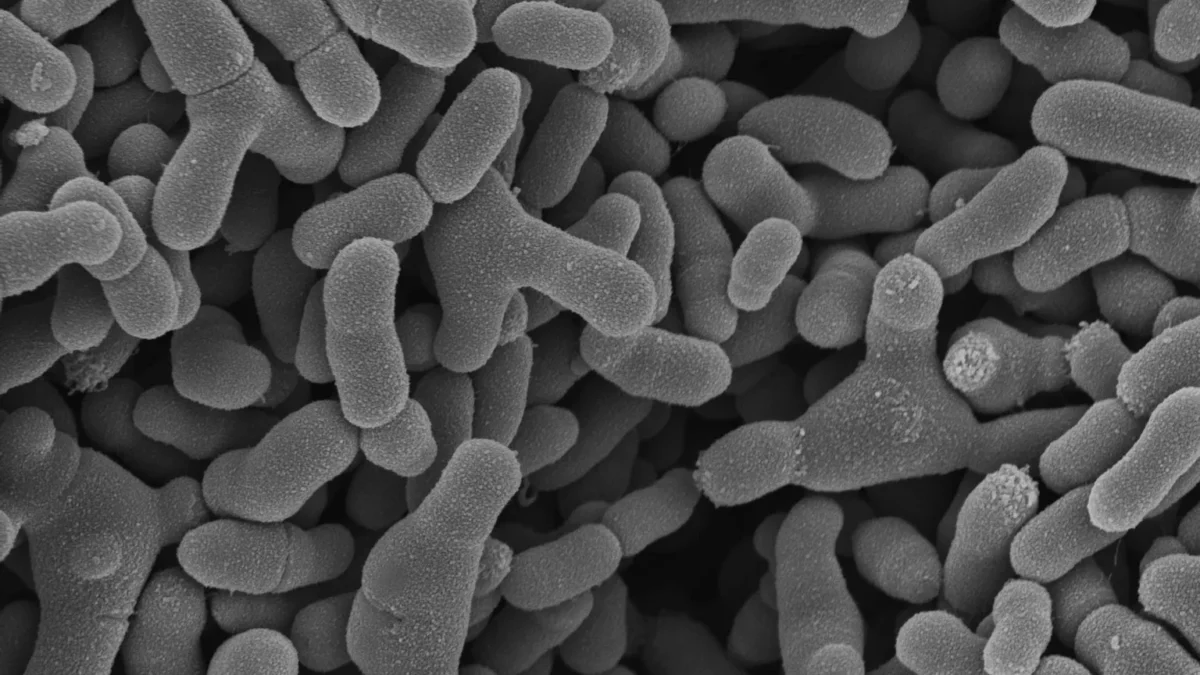 #News
#News
The atlas that could revolutionize medicine
An international consortium, supported by Brazilian researchers, reveals details of the human body’s molecular composition and operations at a cellular level
 With a detailed understanding of how healthy cells function, such as lung cells (above), scientists can better understand how diseases arise and develop new forms of diagnosis and treatment | Image: Shutterstock
With a detailed understanding of how healthy cells function, such as lung cells (above), scientists can better understand how diseases arise and develop new forms of diagnosis and treatment | Image: Shutterstock
Although the DNA of an individual’s nearly 37 trillion cells is almost identical, understanding how each cell operates has seemed, until recently, an impossible task. This is because each cell expresses a different set of genes to produce proteins—the molecules that actually carry out metabolic functions. In mid-2010, a technology emerged that solved this problem: single-cell sequencing.
This technique allows scientists to sequence all RNA molecules, which are synthesized from DNA and control protein production in cells. In 2016, based on this technology, an international consortium of scientists began the Human Cell Atlas project, which aims to map every cell in the human body.
“Human cells have approximately 20,000 genes, and each cell only expresses around 5,000,” explained American cell biologist Musa Mhlanga, from Radboud University in the Netherlands, in an interview with Science Arena.
According to Mhlanga, the set of genes that each cell expresses allows them to specialize into different types, such as neurons or skin cells.
“However, we realized that the tissues are an even more heterogeneous set of cells than we once thought,” says biologist Patricia Severino, a researcher at Hospital Israelita Albert Einstein (HIAE) and the project’s representative in Latin America.
According to the researcher, within a single tissue there are populations of cells that appear the same but differ in their RNA composition, which indicates different functions in the body.
In the Atlas, these different cell populations are grouped together by affinity. A tissue or organ appears as an abstract set of dots, each representing a cell. Each tissue can be represented graphically by different color cells, indicating a variation that was not previously known.
“It doesn’t provide a visual image of the cells, like in traditional atlases or on Google,” says Brazilian bioinformatician Vinícius Maracaja-Coutinho, from the University of Chile and representative of the Human Cell Atlas in Latin America alongside Patricia Severino.
“It is actually a representation generated by algorithms that process large amounts of data related to the amount of RNA produced by each gene in each of the thousands of cells in an organ or tissue,” says Maracaja-Coutinho.
A range of information can be obtained from each cell: from the RNA content and the stage of development to the donor’s characteristics. “The atlas is developed from samples of human organs and tissue obtained in surgery, with the patient’s consent,” explains Patricia Severino.
“The main objective of the Human Cell Atlas is to provide a reference that shows what healthy cells look like,” says Patricia Severino.
According to Severino, by having a detailed understanding of how healthy cells function, we can better understand how diseases arise and develop new forms of diagnosis and treatment.

Accelerated sequencing
The project, which unites 3,539 researchers at 1,849 institutions from 101 countries, organized into 18 networks, each studying different body tissues and organs, is led by the Broad Institute in the USA, and the Wellcome Sanger Institute and the Wellcome Trust, both in the United Kingdom, and is mostly funded by the Chan Zuckerberg Initiative—an organization linked to the Facebook founder, Mark Zuckerberg, and his wife, Priscilla Chan.
The Latin American participants include Chile, Colombia, Peru, Mexico, Uruguay, and Brazil, and a large portion of the cell RNA sequencing is performed at HIAE. “It is an open science project that can be consulted free of charge by any researcher or physician,” emphasizes Mhlanga.
The biologist explains that the tool can sequence 50,000 cells in each experiment—not much compared to the total number of cells, but the researcher is confident that the technology will speed up and costs will decrease.
“In 2015, we could only sequence 200 cells per experiment,” points out Mhlanga.
According to Sarah Teichmann, a cell biologist at Wellcome Sanger who conceived of the project, it should take around five years to complete the atlas, as she stated in January in Nature journal.
The project’s biggest challenge is storing and processing the large quantities of data produced by the sequencing.
“We knew of hundreds of cell types when we started the atlas, but since then, we’ve discovered thousands of new ones,” said one of the project’s founders, bioinformatician Aviv Regev, from the bioinformatics company Genentech, in an interview with British newspaper The Guardian.
Cells speak
“In addition to identifying which genes are active in the cells, the technology measures the amount of RNA produced for each gene,” notes Mhlanga. This information could be important in determining the cell’s function in the body and how it communicates with other cells.
“The cells produce molecules that are released and fit into membrane receptors of other cells, serving as chemical signaling agents,” says Maracaja-Coutinho.
According to the researcher, the algorithms can relate the number of signaling agents produced in the cells that emit the signal, to the number of receptors produced in the cells that receive the message, determining which cells are communicating with each other.
Understanding this “conversation” between cells could be instrumental in treating cancer
According to Severino, cells that are metastasizing communicate differently. She believes that the atlas can help identify these cells.
“In the future, we may be able to develop specific drugs that prevent metastasizing cells from communicating,” Patricia Severino predicts.

According to the HIAE researcher, they will be able to identify which cells are progressing towards metastasis and which respond (or not) to certain drugs.
Molecular precision
“The atlas allows us to see what each cell is doing, which genes it is expressing, and which proteins it is producing,” explains Patricia Severino. This can be useful in treatments aimed at cellular targets—for example, treatments that target molecules produced in higher concentrations in certain pathologies.
By mapping the cells, the Human Cell Atlas will be able to help develop drugs that target specific cells. “We are taking a step towards precision medicine.”
Something similar happened during the COVID-19 pandemic, when the Atlas scientists helped identify the cells that express the ACE-2 receptor, which the coronavirus binds to in order to enter human cells.
The discovery helped researchers around the world develop new drugs to fight COVID-19.
In Brazil, the Human Cell Atlas should assist scientists in discovering new methods for diagnosis and personalized treatment for neglected tropical diseases.
“This could lead to a better understanding of the predominant diseases in the region, such as Chagas, leishmaniasis, dengue, malaria, and chikungunya,” says Maracaja-Coutinho.
“The Human Cell Atlas is training teams from Latin America and other regions, in all areas from collection to sequencing and data analysis,” he says. According to the researcher, the objective is not only to collect samples, but to propel scientific and technological development.
*
This article may be republished online under the CC-BY-NC-ND Creative Commons license.
The text must not be edited and the author(s) and source (Science Arena) must be credited.
News
 #News
#News
 #News
#News
 #News
#News
